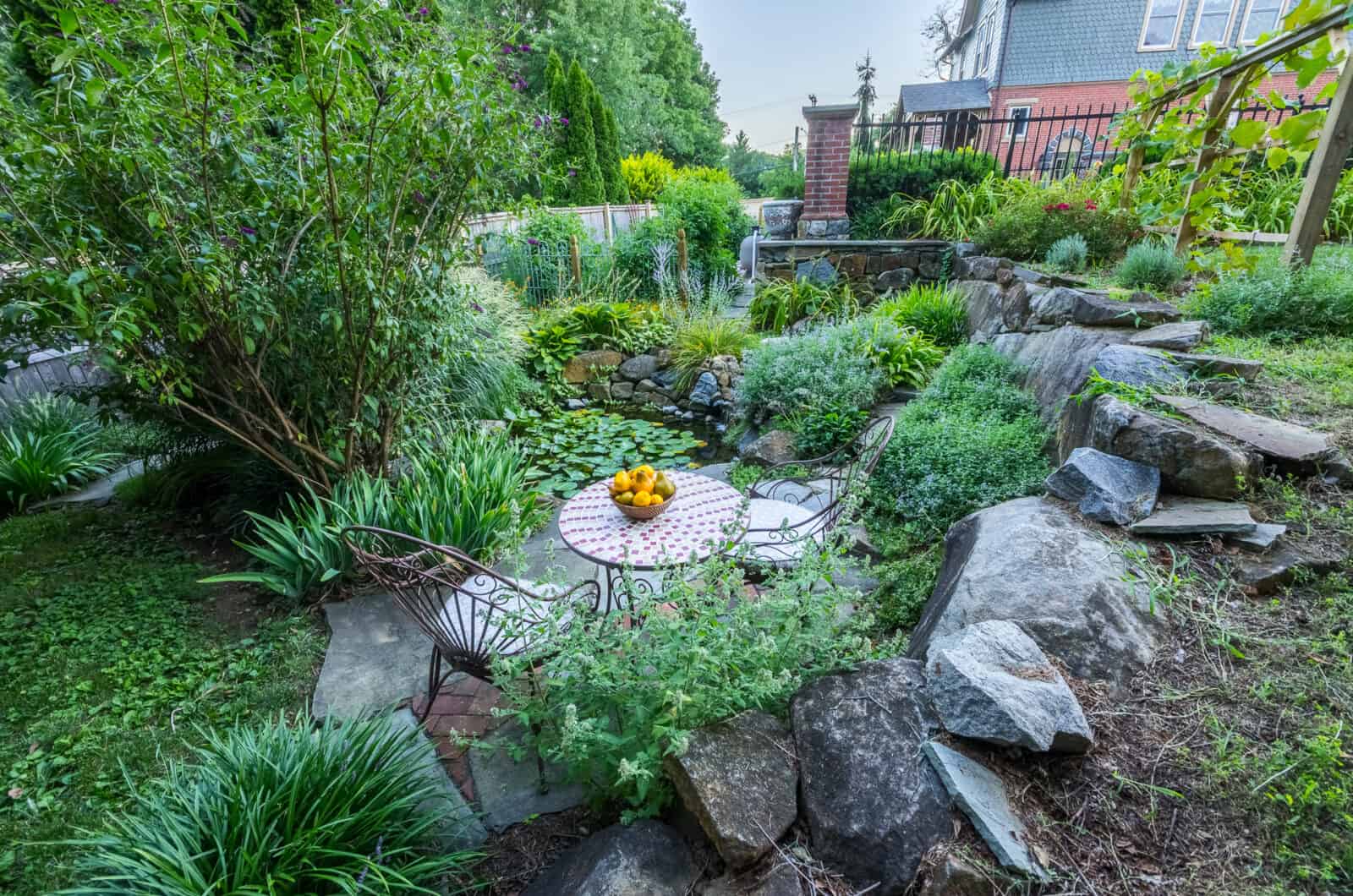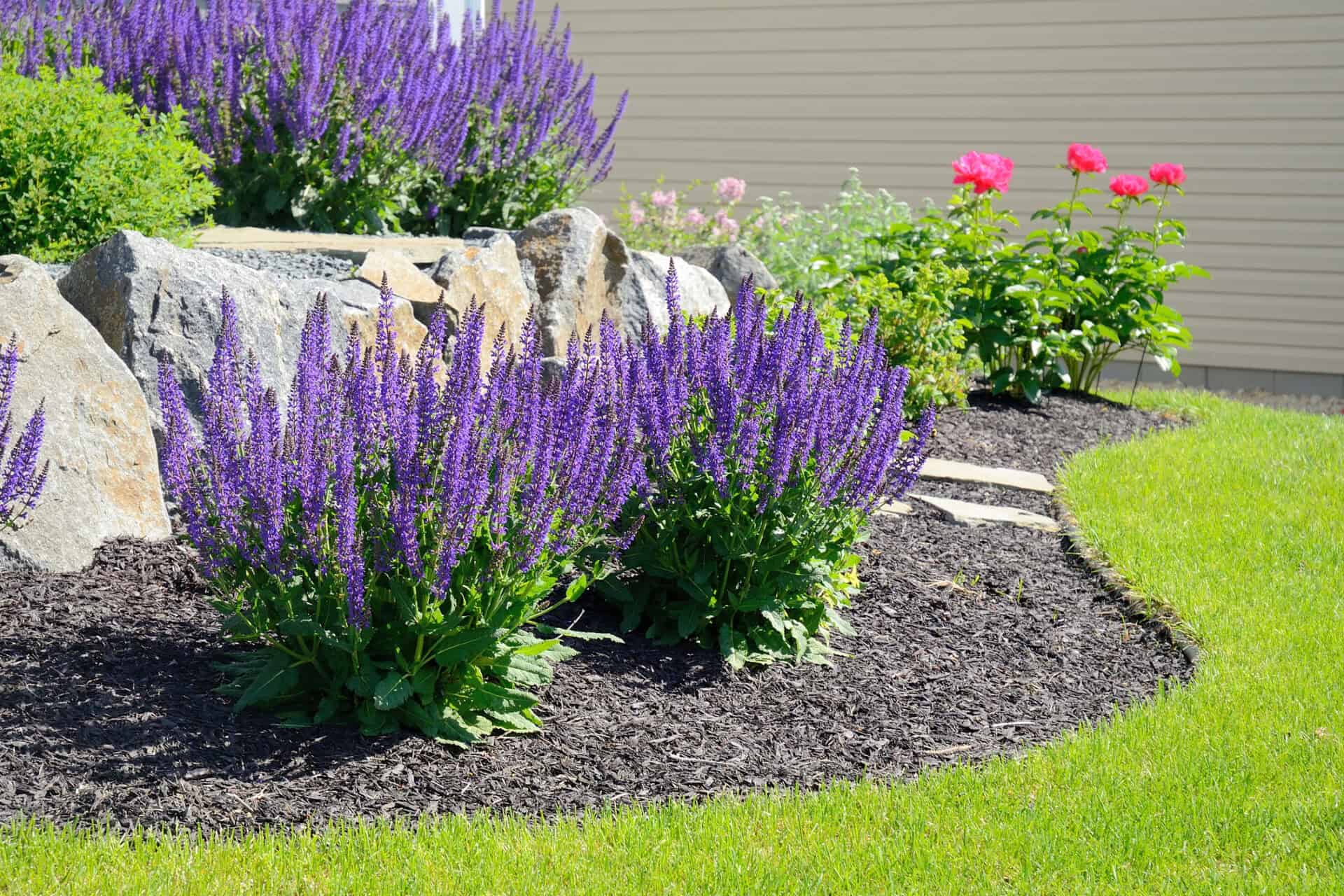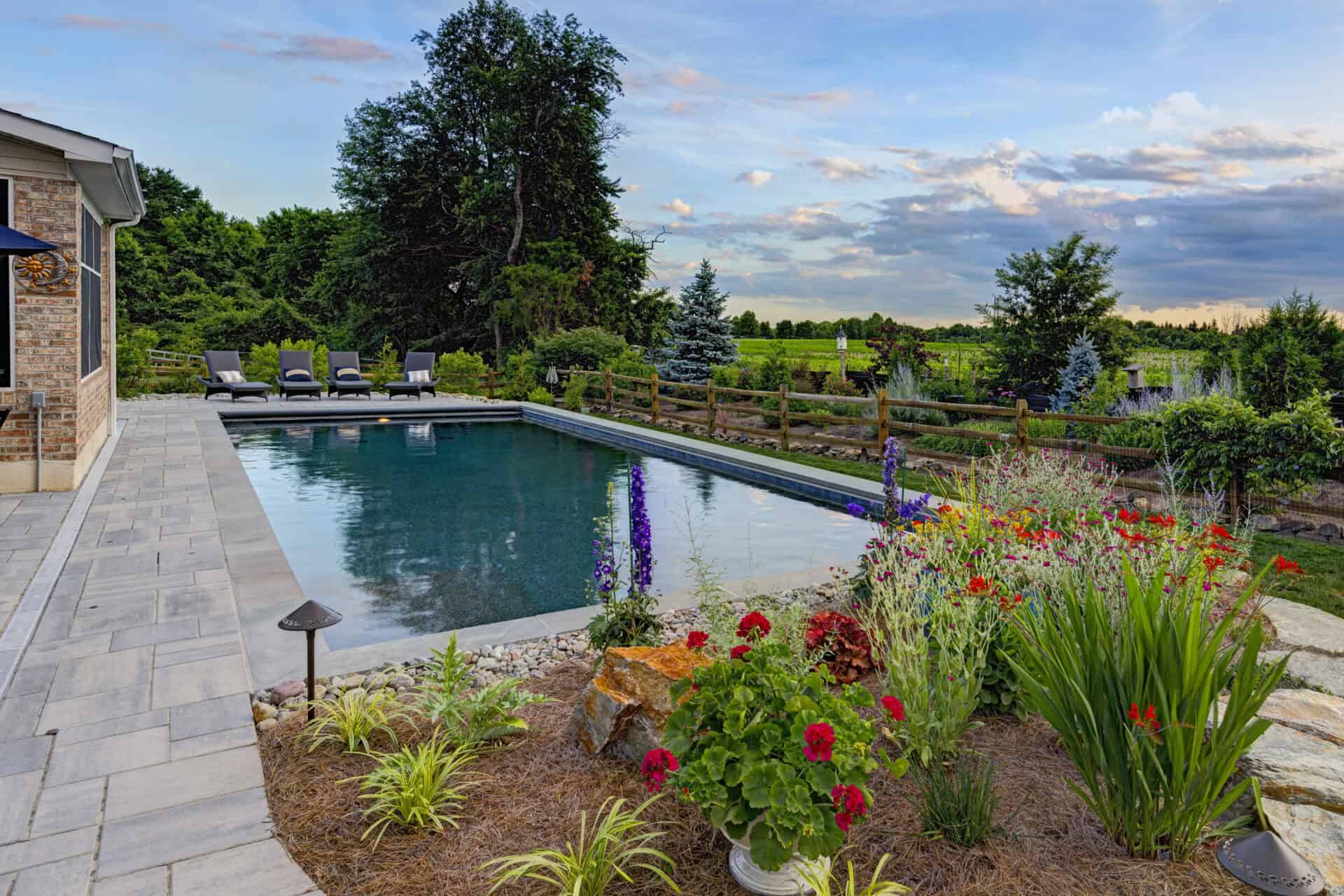
Growing Winter Plants and Vegetables
November 8, 2022A Guide to Growing in the Mid-Atlantic Region
The growing season isn’t over. Late fall is an often overlooked but easy gardening season. You don’t need to water or turn the soil over as often, and the plants provide much needed color as the trees lose their leaves.
Some of the best plants for soups and harvest salads can be planted right now. This is the ideal time to plan garlic, a main ingredient in many meals. Root crops do well in colder weather and continue growing beneath the soil even in the snow.
Make sure to check any plants you purchase to see if they thrive in our region’s climate. In our area of the Brandywine Valley, the USDA rates the area as a 7A and 7B. This means we experience seasonal variations. We might have periods of warm weather in the winter and experience cold winds in early spring.

The hardiest winter plants are kale, spinach and collards. Root crops that flourish in the colder weather include radishes, turnips, kohlrabi and leeks. Planted in the fall, asparagus will appear after a year or two in the spring. Broccoli can be planted up to 10 weeks before a frost and will last through the winter.
If you’re looking to plant flowers, the following hardy plants make a vibrant winter garden: crocus, camellia, winterberry, ornamental cabbage, daphne and hellebore. These winter flowers will thrive in the cold and offer gorgeous displays all winter long.

Be sure to plant all winter plants and vegetables at least six weeks before the first frost to ensure they have time to establish a root system. It never hurts to protect new plants with burlap coverings for the first few weeks as well.